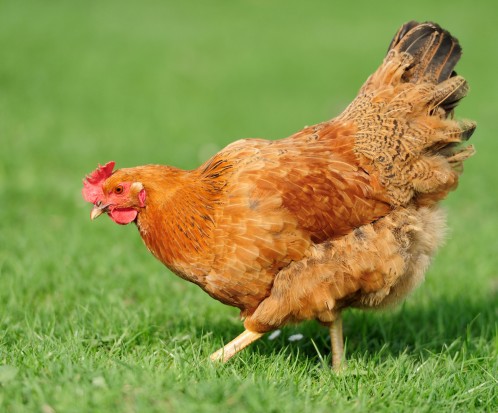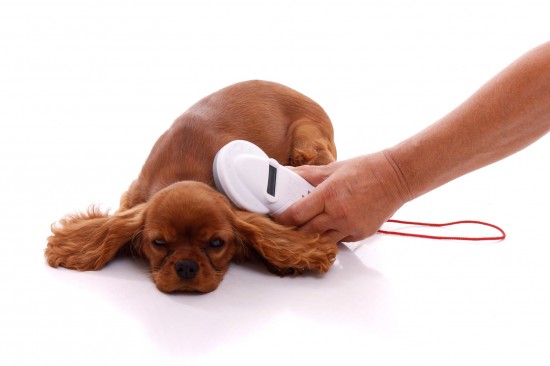
A perfect blend of vocal sounds and body gestures can lead pet owners to a harmonious relationship with their dogs. Furthermore, this can lead to immeasurable years together. Celebrate this one of a kind friendship through immortal and lasting pet portraits.
As anyone who has seen the popular BBC TV series "Dog Borstal" will know, getting your dog to listen to you is, well, all about communication. You may think you know how to get through to your mutt ?but if he isn't paying any attention, he could be trying to tell you something...Once you have established basic communication you are ready for basic training. Establishing contact.
Your dog has to know right from wrong, before it can obey you. Your first aim will be to let it know which behaviors are acceptable and in which contexts. Learn to give clear, comprehensible commands and to provide decent feedback to your dogs it will understand if it has done what you wanted or not.
Understanding how to communicate with your dog is critical to any training that you do. The goal of the handler is to let the dog know which behaviors are correct in certain situations, and which behaviors are not. The handler must also learn to give commands to the dog effectively and provide feedback so that the animal understands whether it was successful or not. It is also very important that the handler understands how to read the dog's reactions to certain situations and to learn what motivates the dog to obey or disobey.
There are four basic communications that the handler must establish with the dog. For good behavior there is a reward signal and a continue signal. The reward signal tells the dog that they have behaved properly and deserve a reward, and the continue signal tells the dog that they are behaving properly and that they should continue to behave in this manner in order to get a reward.
For bad behavior a no reward signal and a punishment signal are used. The no reward signal tells the dog that it has behaved incorrectly. No reward should be given without a change in behavior. A punishment signal will warn the dog that they will be punished if they continue their undesirable behavior.
The initial period of training with your dog will be the most important phase of all, because it will establish the pattern for all subsequent training. For this reason, you should be well informed before embarking on the task ?and armed with a great deal of patience. It is pointless feeling a little neurotic about building up of trust between handler and dog because this does not happen overnight. Give yourself and your pet some time to develop and adapt; eventually, the dog will just come around. Consistency means everything to your dog. To avoid any confusions punishment should be given regularly until your dog desists. This will be distressing for him, because he really wants to please you.
Once you and your dog have mastered the basics of sit, stay, come and heel, you will be ready to embark on more advanced training, such as tricks or "remotely" controlling your dog's movements with distance commands for right and left. It should be noted that human language in itself is not always clearly distinguishable to the dog's ears. After all, a dog's barking sounds pretty much the same to us, whatever the animal is trying to say. For this reason, "left" and "right" are probably inappropriate words to use, whereas the command in Welsh, "come by" seems to work very well for a left turn.
Some owners may wish to resort to an electric shock device as an aid to obedience. These have been the center of a certain amount of controversy in Britain recently, where a private members bill tried to have them banned. Welfare minister Ben Bradshaw has spoken out in favor of electric collars, which he says some owners maintain have saved the dog from nasty accidents or from being shot by farmers when they stray onto land with livestock.
Funding is being provided for an investigation later this year, aimed at establishing whether or not the collars can make dogs aggressive.
 Simple Methods to Come Across a Great Dog Boarding NJ Vendor
You can also find a wide number of arguments that may sway
Simple Methods to Come Across a Great Dog Boarding NJ Vendor
You can also find a wide number of arguments that may sway
 Pet Proof Your Home
Having pets are liking having small children at home. We
Pet Proof Your Home
Having pets are liking having small children at home. We
 Healthy Skin And Feathers In Chickens
Healthy Skin And
Healthy Skin And Feathers In Chickens
Healthy Skin And
 Natural Treatment for Pet Cataracts
Pets are considered part of the family. When t
Natural Treatment for Pet Cataracts
Pets are considered part of the family. When t
 Positive Steps To Safeguarding Your Dog From Being Stolen
Positive Steps To
Positive Steps To Safeguarding Your Dog From Being Stolen
Positive Steps To
Copyright © 2005-2016 Pet Information All Rights Reserved
Contact us: www162date@outlook.com